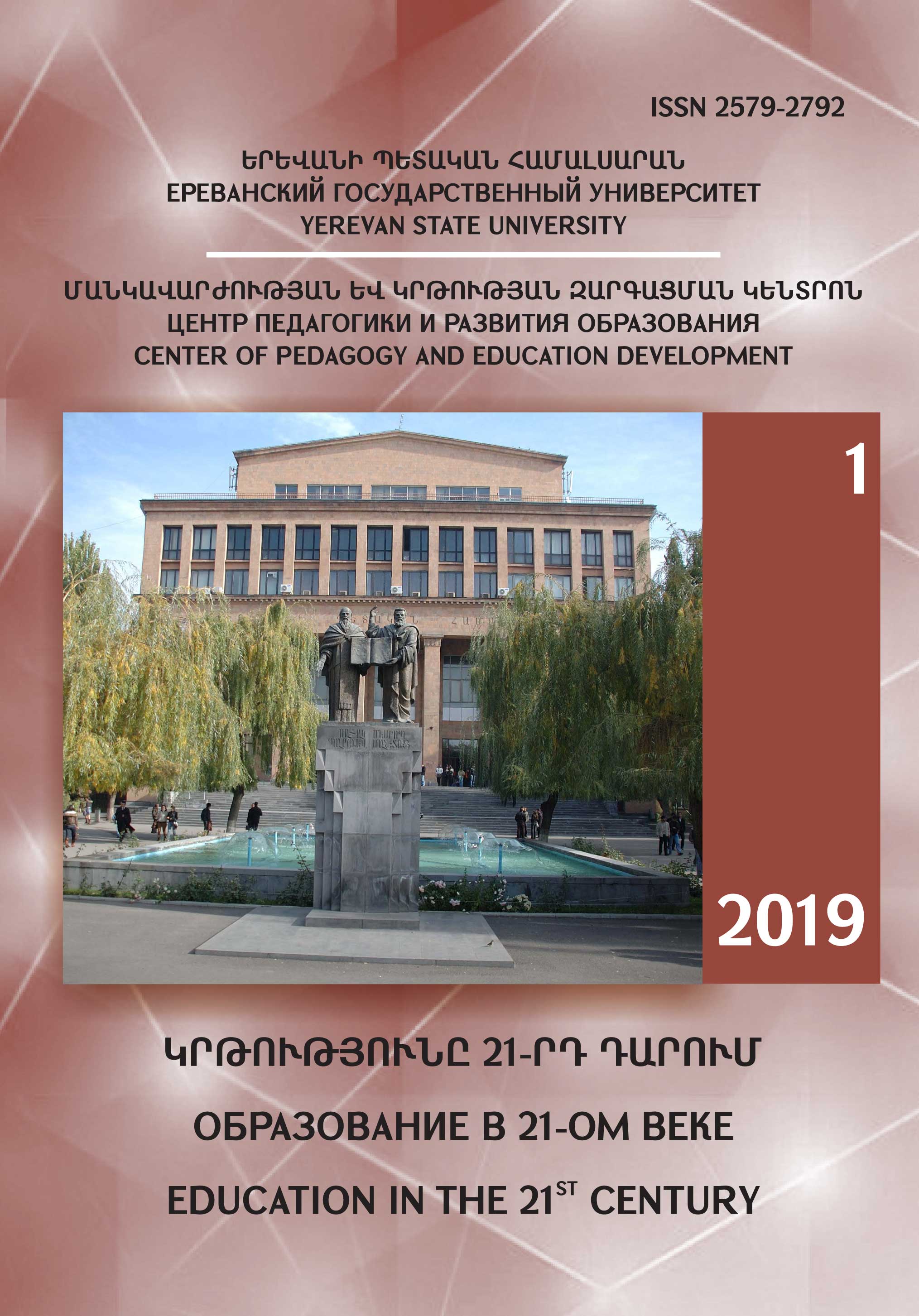USING THE METHOD OF AIR ACCIDENTS ANALYSIS IN METEOROLOGICAL TRAINING OF FUTURE AVIATION SPECIALISTS
DOI:
https://doi.org/10.46991/educ-21st-century.v1i1.10740Keywords:
future aviation specialist, aviation incident, meteorological training, method of analysis.Abstract
The increase in air transportation activity puts forward new requirements for the process of future aviation specialists’ professional training. High-quality training is the foundation for greater air transportation safety. The objective of the article is to give ground to the use of the method of aviation incidents analysis in the meteorological training of future aviation specialists. It provides literature overview on the method usage in the aviators’ professional training. The paper describes the idea of classifying aviation incidents materials according to certain factors as a necessary component of the educational process in aviation universities. Air incidents having occurred between 2000 and 2015 due to human error because of the influence of environmental factors – meteorological and physiographic ones – were analyzed. The analysis proved both factors often to appear together. It was revealed that the main reason for human error was either the insufficient level of professional meteorological competence, or overestimation of one’s professional capabilities alongside with ignoring the active environment impact in marginal weather conditions. A time-tested pattern of using air accident analysis in practical classes is presented. The sequence of accident analysis by future aviation specialists appeared to be the following: the threat of unawareness – typical mistakes – examples – discussion – prevention –one’s own recommended actions. The novelty of the research is in the effective use of the method during the meteorological training of future aviation specialists. Simulation of learning and practical activities of future aviation specialists using the method of analyzing accidents which are associated with meteorological factors, involves the use of real aviation incidents materials in the educational process with their afterward review, assessment, and grounded decision-making. The purpose of accident simulation for students is to acquire the ability of making decisions; the result is to be the development of creative and critical thinking, promotion of cognitive and professional motivation, value attitude to educational and professional activities; gaining experience in performing professional functions, developing professional skills. A systematic analysis of aviation incidents in practical classes with future aviation specialists reduces the percentage of “copying” them, enhances motivation and development of cognitive needs, allows not only to identify common mistakes, but to understand their nature, recognize them, develop persistent skills of their elimination as well.
References
Список использованной литературы
Дудин В. И., Авиационная аварийность вчера, сегодня, завтра. Вестник МНАПЧАК. 2004, 1 (13), 15-20.
Коваленко О. П., Формування професійної компетентності майбутніх фахівців авіаційної галузі у процесі вивчення природничих дисциплін (дисертація кандидата педагогічних наук). Кропивницький: Національна академія державної прикордонної служби України (Україна), 2018.
Шмельова Т. Ф., Шишаков В. В., Якуніна І. Л., Стохастичний аналіз розвитку польо-тних ситуацій на етапах заходу на посадку та посадки повітряного судна. Наука і техніка Повітряних Сил Збройних Сил України, 2014, 1, 59-67.
Mathews, E., New provisions for English language proficiency are expected to improve aviation safety. ICAO Journal, 2004, 59, 4-27.
NTSB Aviation Accident Statistics, National Transportation Safety Board, 2014. Re-trieved 7/03/2016, from https://www.ntsb.gov/investigations/data/Pages/Data_Stats.aspx
Downloads
Published
How to Cite
Issue
Section
License

This work is licensed under a Creative Commons Attribution-NonCommercial 4.0 International License.

